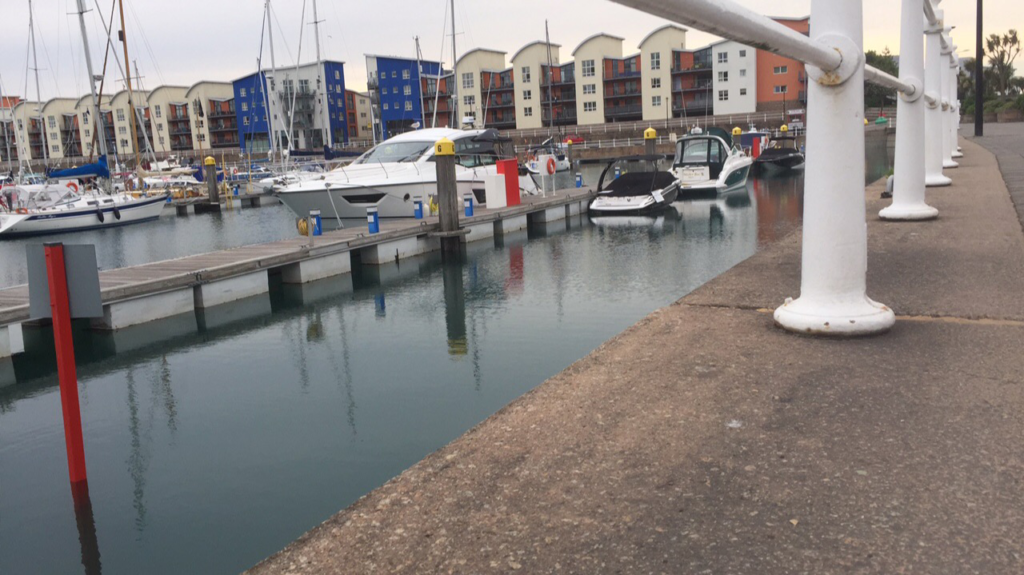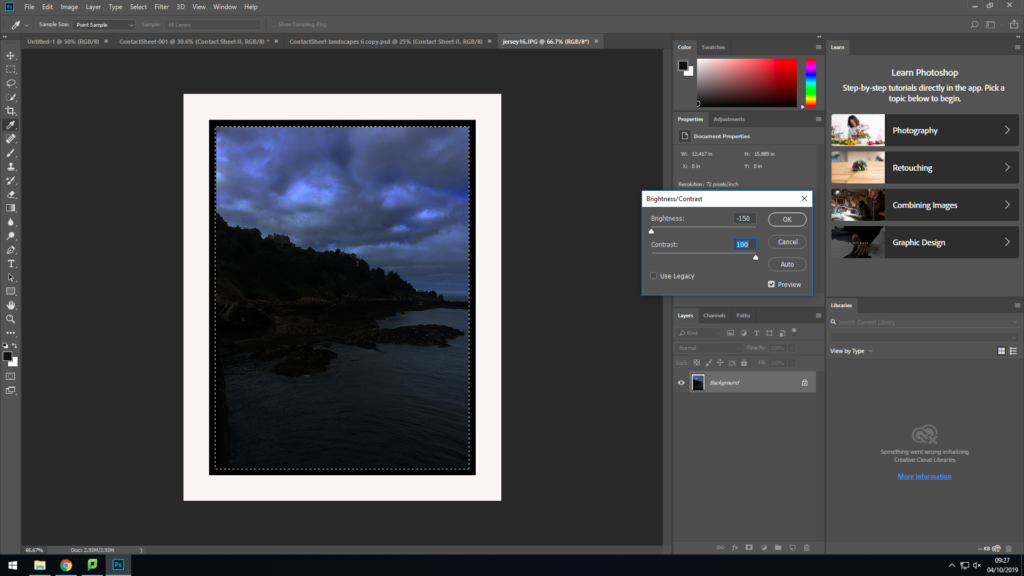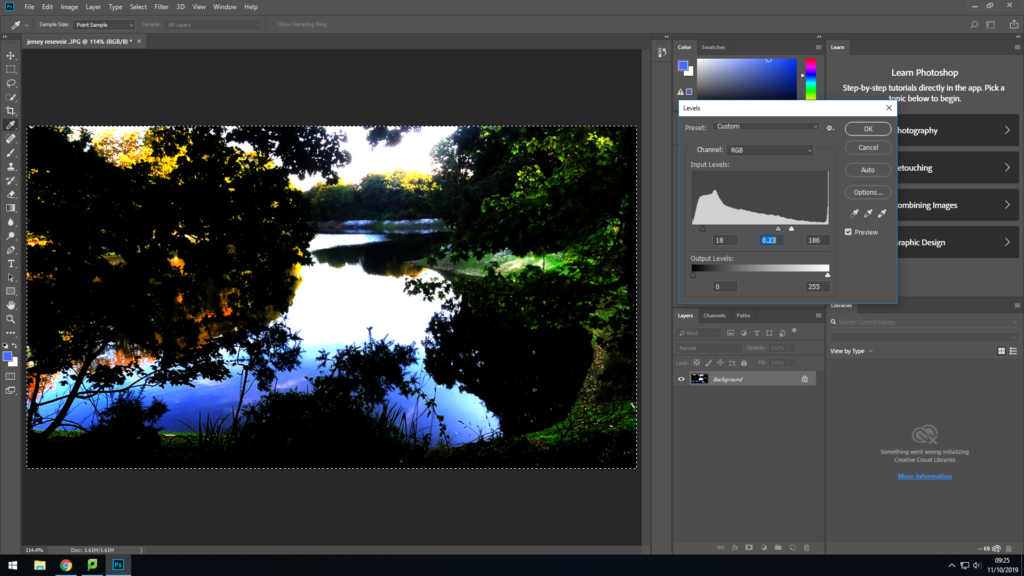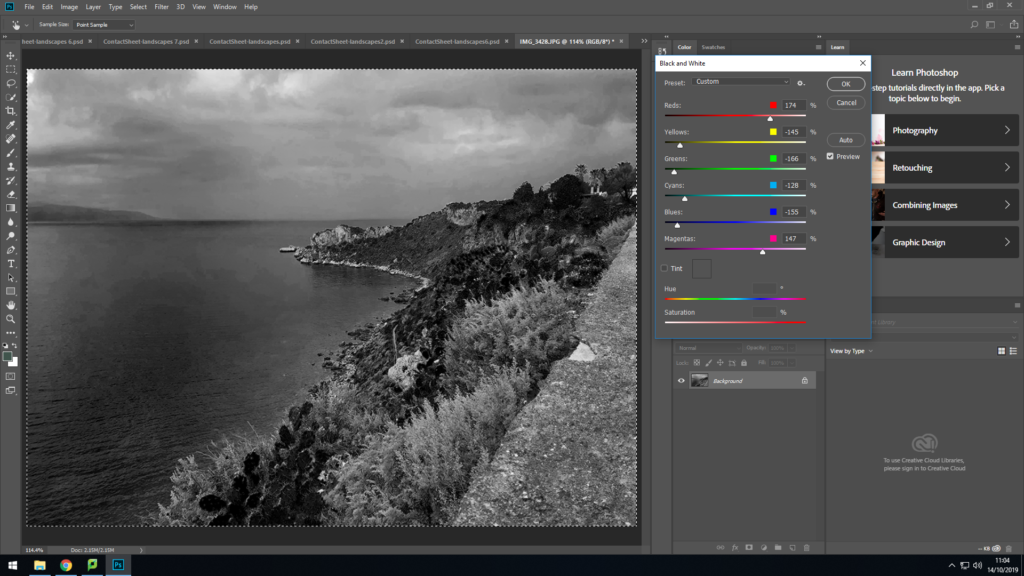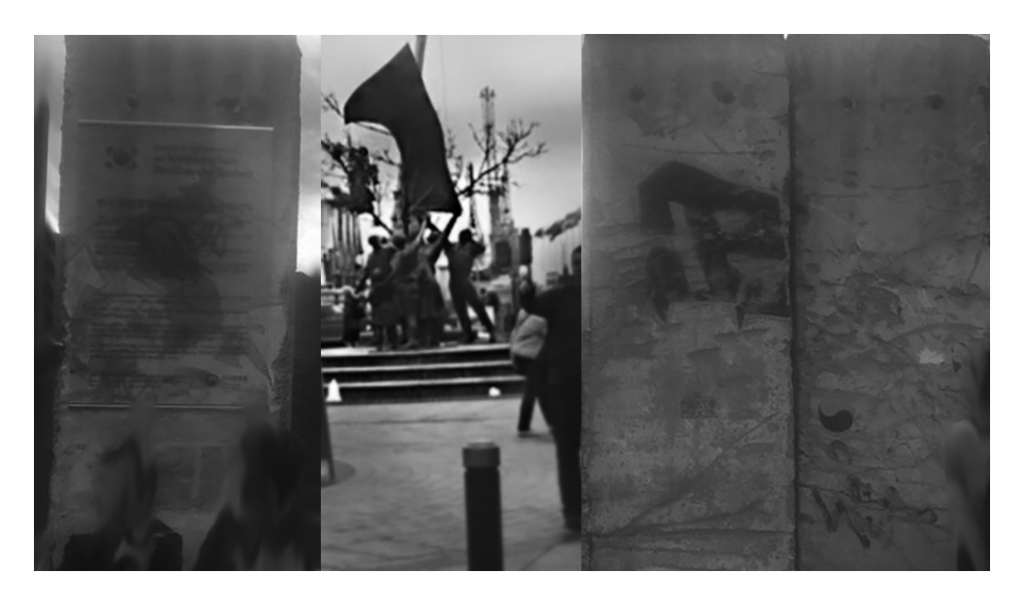
Robert Adams is an American photographer who has focused on the changing landscape of the American West. His work first came to prominence in the mid-1970s through his book The New West and his participation in the exhibition New Topographics: Photographs of a Man-Altered Landscape in 1975. Robert Hickman Adams was born on May 8, 1937 in Orange, New Jersey.
In 1963, Adams bought a 35milimeter reflex camera and started to photograph mostly architecture and nature. He joined classes at Colorado Springs Fine Art Center and studied about photography techniques by a professional, Myron Wood.
In 1964, Adams began photographing and after three years he started teaching it to others, however only part-time so that he could invest the rest of the hours in his projects.
In 1969, four prints by Robert Adams were bought by Museum of Modern Art. A year later, he put all his time and effort in photography.
In 1973, he became an associate at John Simon Guggenheim Memorial Foundation. He was awarded the MacArthur Foundation Fellowship in 1994.
Adams has worked on American West landscapes for more than 38 years, covering Oregon, Colorado and California. He uses his camera to express his love for landscapes. Also, to understand how industrial and urban growth has transformed it.
Adam’s work and his style gained inspiration from photographers like, William Henry Jackson, Lewis Hine, Dorothea Lange, Timothy O’Sullivan, Ansel Adams, Edward Weston, and Carleton Watkins.




